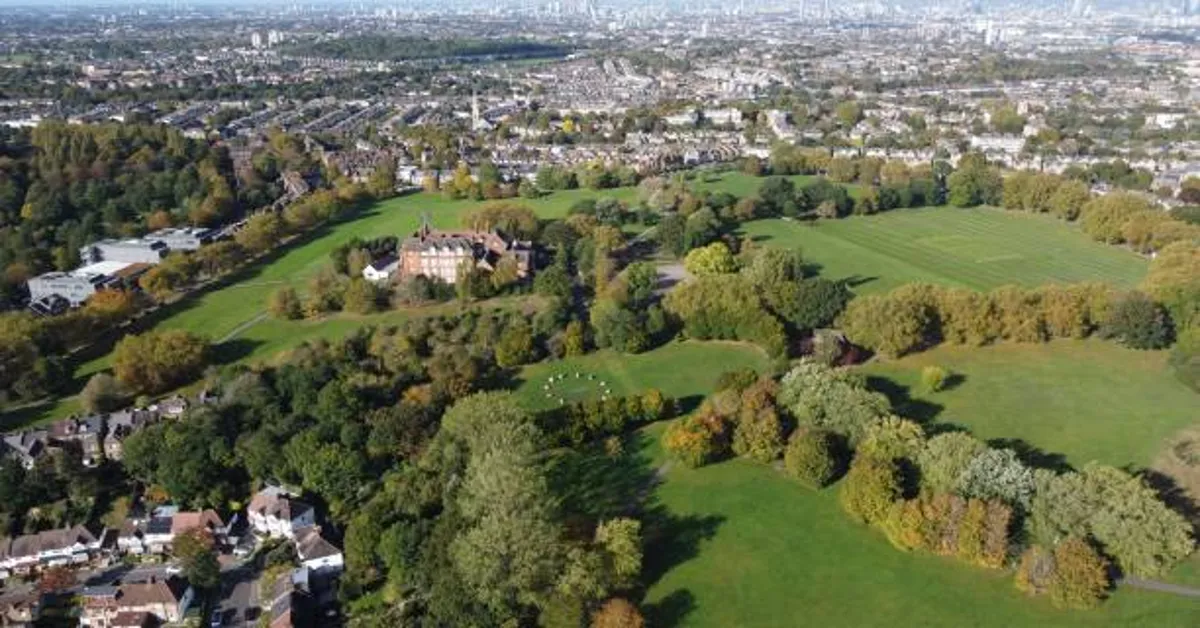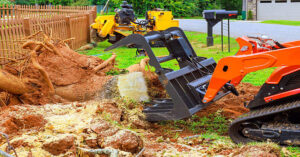Tufnell Park is one of London’s understated gems — a neighborhood that quietly balances historic charm with modern vibrancy, leafy residential streets with lively urban connections, and a strong sense of community with a steady influx of new faces. Situated in North London, straddling parts of the Boroughs of Islington and Camden, Tufnell Park has a unique character shaped by its layered history, diverse residents, and strategic location. This article will take you on a thorough journey through Tufnell Park, examining its origins, architecture, transport links, lifestyle, amenities, and community spirit, while also touching on its quirks and local culture.
1. Geographic Location and Boundaries
Tufnell Park sits comfortably between several well-known London districts, bordered roughly by Kentish Town to the south, Archway to the north, Holloway to the east, and Gospel Oak to the west. Its central artery, Tufnell Park Road, runs east to west, while the area’s underground station on the Northern Line provides direct access to the heart of London.
One defining characteristic of Tufnell Park is its blend of borough jurisdictions. Streets on one side may be under Camden Council, while just across the road, Islington Council holds sway. This split has had subtle but interesting effects on things like school catchment areas, parking regulations, and even rubbish collection schedules — something locals are well aware of.
The area benefits from proximity to Hampstead Heath, a massive green space just a short walk or cycle away, making it an attractive spot for those who want both urban living and easy access to nature.
2. Historical Overview
Tufnell Park’s origins trace back to the 19th century, when much of the land was owned by the Tufnell family. The Tufnells, originally from Essex, acquired large estates in the area in the 18th century. As London expanded, the family saw the opportunity to develop their holdings into residential neighborhoods.
Initially, the district developed with large Victorian villas intended for the prosperous middle classes, many of whom worked in the City of London but wanted cleaner air and more space than central London could offer. Streets were laid out in a grid-like fashion, lined with spacious houses boasting ornate brickwork, decorative gables, and generous gardens.
However, by the late 19th and early 20th centuries, some of these properties were subdivided into flats or boarding houses as the area became more densely populated. The Second World War brought both damage and demographic shifts, as did the post-war redevelopment era, when parts of the neighborhood saw council estates constructed to address London’s housing shortage.
3. Architectural Character
One of Tufnell Park’s greatest visual assets is its architecture. Walking through its streets, you will see an impressive variety of late-Victorian and Edwardian homes, many of which retain their original features. Tall bay windows, tiled front paths, and intricate cornices are common. Some properties have been meticulously restored, while others have been modernized internally while preserving their period facades.
There are also clusters of mid-20th-century housing, including purpose-built flats and council estates, which add a layer of social diversity to the neighborhood. More recent years have seen small-scale infill developments and conversions that subtly blend with the historic environment.
This mix of property types allows Tufnell Park to accommodate a broad range of residents, from young professionals in converted flats to families in multi-storey townhouses.
4. Transport and Connectivity
Tufnell Park is exceptionally well connected for a zone-2 London neighborhood. The Northern Line’s High Barnet branch runs through Tufnell Park Station, giving direct access to Camden Town, King’s Cross, Euston, and Bank. This makes commuting into central London both fast and straightforward.
For those who prefer buses, several key routes run along Tufnell Park Road and surrounding streets, linking to nearby hubs like Holloway, Finsbury Park, and Hampstead. Cycling is also popular, with dedicated cycle lanes leading towards the city and the Heath.
Proximity to stations like Kentish Town (for Thameslink services) and Upper Holloway (Overground) broadens the transport network even further. This connectivity is one of the reasons Tufnell Park appeals to people working across various parts of the city.
5. Local Amenities and Services
Despite its relatively compact size, Tufnell Park offers a surprising range of amenities. Dartmouth Park Hill and Fortess Road are two of the main local shopping streets, lined with independent cafés, bakeries, and restaurants. Here you’ll find artisan coffee shops alongside traditional pubs, small convenience stores, and a scattering of boutiques.
The area has several well-regarded schools, both state and independent, which is a strong draw for families. Local healthcare needs are served by GP practices, dental surgeries, and nearby hospitals, including the Whittington Hospital in Archway.
Weekly farmers’ markets in nearby areas such as Parliament Hill Fields give residents access to fresh produce, while supermarkets in Kentish Town and Holloway cover the essentials.
6. Parks and Green Spaces
One of the most beloved aspects of life in Tufnell Park is its closeness to Hampstead Heath — a sprawling expanse of meadows, woodlands, and ponds. While technically just outside the area’s boundaries, it is only a short stroll away and serves as a major recreational space for locals. Whether it’s swimming in the Heath’s ponds, jogging along its trails, or picnicking with friends, the Heath is woven into the lifestyle of many residents.
Smaller green spaces within Tufnell Park itself, such as Tufnell Park Playing Fields, provide additional opportunities for outdoor activities, from children’s play areas to football matches.
7. Community and Demographics
Tufnell Park has a diverse population, blending long-time residents who have lived here for decades with newcomers attracted by its charm and transport links. Artists, academics, professionals, and families all mingle in this part of North London, creating a culturally rich and socially dynamic community.
The neighborhood is known for having a friendly, village-like feel despite being in inner London. Community events, school fairs, and local initiatives help foster connections between residents. Many people know their neighbors by name — a rarity in a city as large as London.
8. Lifestyle and Culture
Life in Tufnell Park is neither too hectic nor too quiet — it sits in that sweet spot where you can enjoy lively cultural offerings without being overwhelmed by crowds. Independent shops, live music venues in nearby Kentish Town, and a choice of pubs ranging from gastropubs to traditional locals ensure there’s always something to do.
Food culture here is thriving, with cuisines from around the world represented. You can find Italian trattorias, Middle Eastern eateries, and British cafés all within walking distance. This cosmopolitan mix reflects the area’s demographic diversity.
9. Property Market and Living Costs
The property market in Tufnell Park is competitive, reflecting its desirability. Period houses — particularly those with original features and gardens — command premium prices. Flats, especially conversions, are slightly more affordable, though still priced well above the London average.
Rental demand is strong, driven by the area’s transport links and lifestyle appeal. As in many parts of London, affordability can be a challenge for younger renters, though shared houses and flatshares are common solutions.
10. Education
Education is a strong point for Tufnell Park. Local primary schools such as Tufnell Park Primary have good reputations, and nearby secondary schools in Islington and Camden provide solid options. The proximity to several independent schools adds further choice for parents seeking specific educational approaches.
The area also benefits from being within reach of several higher-education institutions in central London, making it a practical location for academics and students alike.
11. Future Outlook
Looking ahead, Tufnell Park seems poised to maintain its status as a sought-after residential area. While large-scale redevelopment is unlikely given its established nature, ongoing investment in public spaces, infrastructure, and housing upkeep will continue to enhance quality of life.
The combination of heritage architecture, transport convenience, and community warmth makes it a place that many find hard to leave once they settle in.
12. Quirks and Interesting Facts
- Borough Divide: Few London neighborhoods are split between two boroughs, giving Tufnell Park a slightly unusual administrative setup.
- Cultural References: Tufnell Park has appeared in literature and television, often as shorthand for a certain type of middle-class London life.
- Underground Station: The station retains a classic Edwardian red-brick façade designed by Leslie Green, instantly recognizable to London transport enthusiasts.
13. Conclusion
Tufnell Park is a neighborhood of balance — where history meets modernity, urban life meets green space, and community meets cosmopolitanism. It has evolved from Victorian suburbia to a thriving, diverse enclave that retains its distinct personality. For those seeking a part of London that offers character, convenience, and community, Tufnell Park continues to be a compelling choice.
ALSO READ: Groom Dog Groom: The Ultimate Comprehensive Guide to Canine Grooming
FAQs
1. Where exactly is Tufnell Park located in London?
Tufnell Park is in North London, between Kentish Town, Archway, Holloway, and Gospel Oak, and spans Camden and Islington boroughs.
2. Is Tufnell Park a good area for families?
Yes. It offers good schools, green spaces like Hampstead Heath nearby, and a safe, community-focused environment.
3. What transport options are available in Tufnell Park?
The Northern Line runs through Tufnell Park Station, with excellent bus connections and nearby Overground and Thameslink stations.
4. What is the housing like in Tufnell Park?
It has a mix of Victorian and Edwardian houses, modern flats, and some council estates, appealing to varied budgets.
5. Does Tufnell Park have good local amenities?
Yes. Independent shops, pubs, restaurants, schools, healthcare facilities, and access to markets make it self-sufficient and lively.









